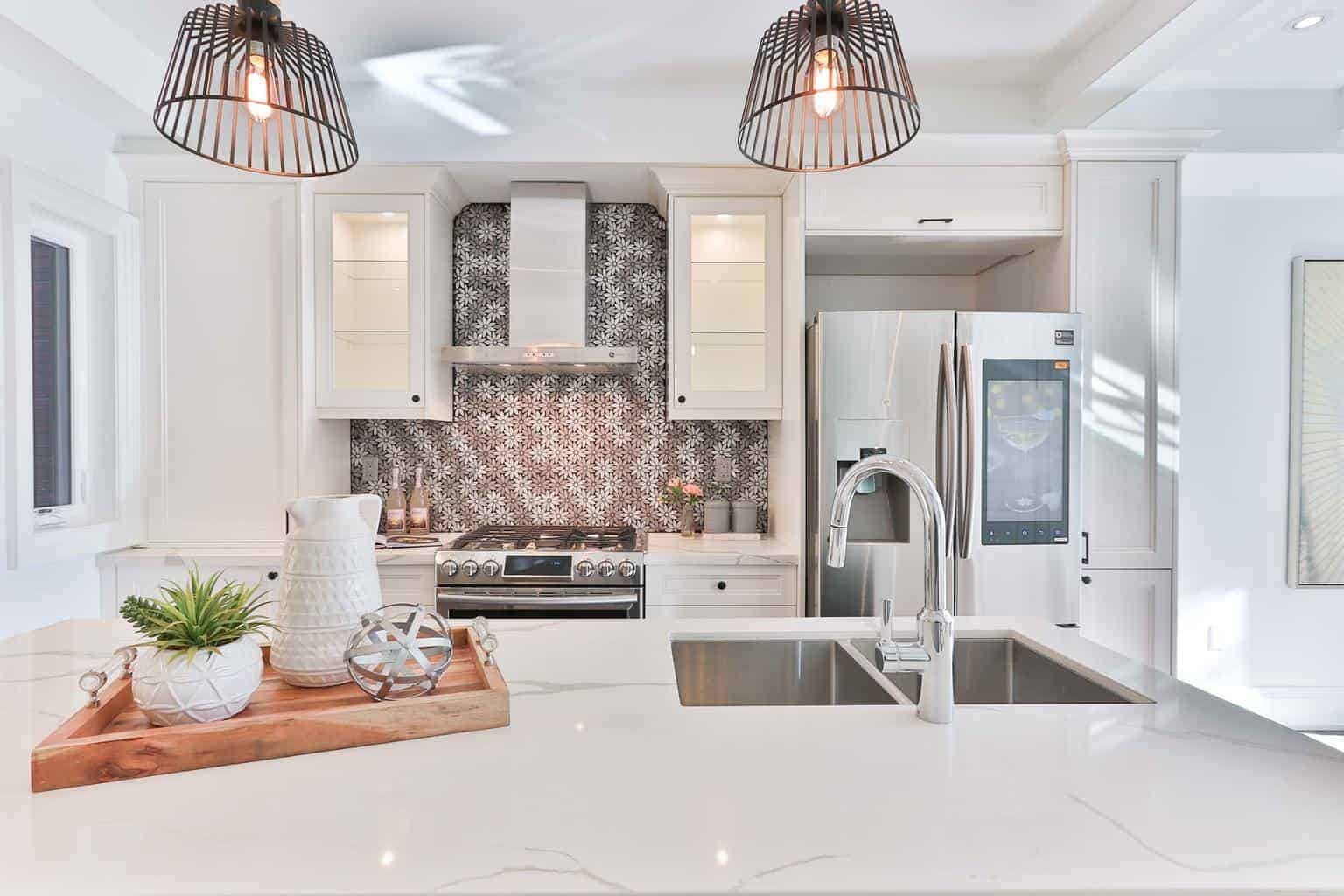Contrary to popular belief, home improvement loans aren’t a particular debt product. Instead, homeowners have several options to choose from to repair or remodel their property.
If you’re ready to begin your home improvement project, it’s vital to understand what loan products are available to you, how much you can borrow, what you’ll need to qualify, and how to move forward to secure funding.
What Do You Need for a Home Improvement Loan?
Lenders want to know that you can afford the monthly loan payments and will make timely payments. Consequently, you’ll need good or excellent credit and a steady, verifiable source of income.
If you opt for a home equity loan or a HELOC to cover the expenses for your home renovation, you also want available equity in your home to qualify.
How Can You Qualify for a Home Improvement Loan?
Some lenders offer a pre-qualification loan on their website to help you gauge if you meet their qualification criteria. It’s also ideal to contact lenders you’re considering and speak with a loan officer to learn more about what they look for in credit applications, how the approval process works, and what documents you’ll need to submit for consideration.
Home Improvement Loan Options
There are several home improvement loan options to consider.
Home Equity Line of Credit (HELOC)
A home equity line of credit (HELOC) allows you to borrow up to 80% of your home’s current value minus the amount you owe on your mortgage. So, if your home is worth $315,000 and you owe $285,000, you could qualify for $24,000.
If approved, you get access to a line to draw against for a period usually not exceeding ten years. You will make monthly payments for interest and a small portion of the principal during the draw period. Once the draw period ends, you will make monthly payments for up to 15 years, and they could be higher depending on how much you owe.
Home Equity Loan
Home equity loans also allow you to tap into your home’s equity. The funds are disbursed as a lump-sum payment, and you’ll make monthly payments for up to 20 years. These rates are generally lower than what you’d receive with a credit card, but you may not qualify for a home equity loan until you build up enough equity in your home. Unfortunately, this could take several years, depending on the housing market.
Personal Loan
Unsecured loans don’t require you to put your home up as collateral. The amount you qualify for will depend on your credit rating and income, and you can expect a fixed interest rate and a loan term of five or seven years.
This debt product is another worthwhile option to fund home improvement projects, but beware that the monthly payments could be costly due to the relatively brief repayment term.
Cash-Out Refinancing
With a cash-out refinance, you can borrow up to 80 percent of your LTV ratio minus what you owe on your mortgage. The equity you take out is given to you in cash, and this amount is rolled into your existing mortgage. Repayment then begins on the new balance for up to 30 years.
Common Steps to Get a Home Improvement Loan
Follow these steps if you’re ready to get a home improvement loan:
1. Define the Loan Amount You Need
Instead of requesting the maximum loan amount you qualify for from a lender, create a budget for your home improvement projects. Yes, this requires legwork, but it could save you tons of money as you’ll only borrow for what you need.
Also, be mindful that many lenders request estimates for projects. If yours is thorough and well-researched, your approval odds will likely increase.
2. Check your Credit
Your credit score will play a significant role in whether you’re approved and with what loan terms. The higher your credit score, the more likely you are to qualify for a lower interest rate, which lowers your monthly loan payments and helps you save a bundle in interest. Checking your credit before applying also lets you know if your score is up to par or needs work to increase your approval odds.
3. Check the Equity in Your Home
Get an appraisal done to determine how much your home is worth. Once you have this figure, subtract it from your outstanding mortgage balance to confirm the amount of equity you have in your home.
4. Find a Lender
Shop around with lenders who offer the loan products you’re considering to fund your home improvement project. Check out online reviews from past and current customers. Also, ask about their qualification criteria to avoid any surprises during the application process.
How Much Can You Borrow with a Home Improvement Loan?
Most traditional home improvement loans are capped at 80 percent of your loan-to-value. To illustrate, if your home is worth $400,000 and you still owe $250,000, you have $150,000 in equity. So, you can borrow up to $120,000. Here’s the calculation: $400,000-250,000= $150,000 * .80 = $120,000.







